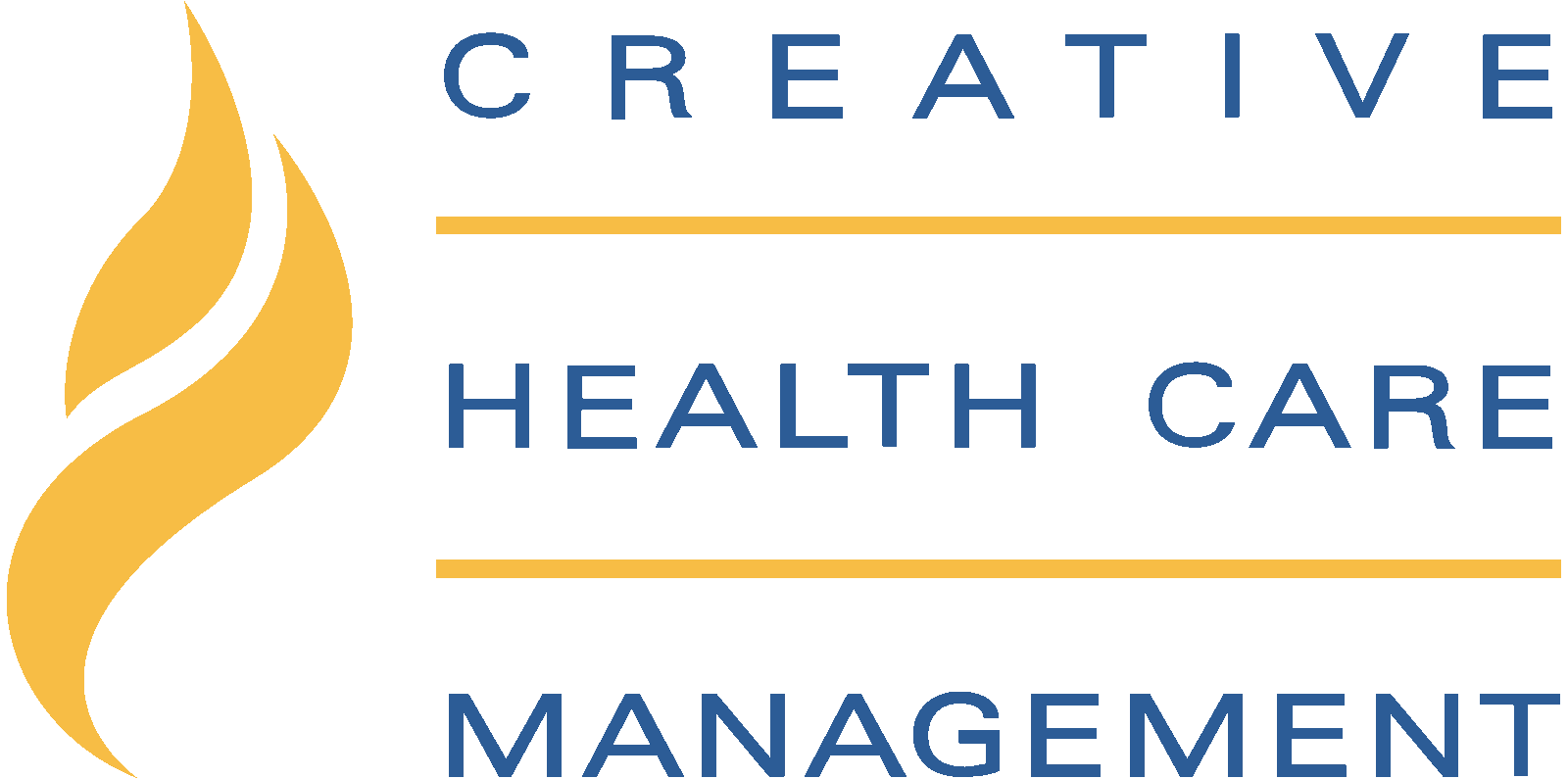A strong shared governance culture is foundational to a robust professional practice environment and culture of ownership and excellence. In the best-selling book Shared Governance That Works, my colleagues Gen Guanci and Marky Medeiros define shared governance as a leadership model in which positional leaders’ partner with staff in decision making processes while creating ownership for improvement in practice (Guanci & Medeiros, 2018). The terminology used by organizations to describe staff involvement in decision-making varies. Two of the most common terms seen today include shared governance and professional governance. Shared governance is based on the principles of partnership, accountability, equity, and ownership while professional governance is built on the foundational attributes of accountability, professional obligation, collateral relationships, and decision making. Both concepts are similar and, in my opinion, aim for the same overarching goal – moving from merely participating in decisions to having responsibility, authority, accountability, and ownership for the outcomes of the work that you do.
The Terminology: Shared Governance, Professional Governance, Shared Professional Governance, etc.
Whether you call it shared governance or professional governance (or even shared professional governance, shared decision-making, shared leadership, collaborative governance, etc.), the terminology you use isn’t nearly as important as what it looks and feels like across the organization – how these concepts come to life and are embedded in your culture. Shared governance is not just a council structure. It’s a way of making decisions; it’s a transformational leadership style where those at the point of care are enabled, empowered, supported, and accountable for decisions related to their practice, practice environment, quality improvement, and professional development/competency.
When organizations implement shared governance, initial efforts are often focused on developing and implementing the supporting framework. While those efforts are particularly important, it is equally important to consider what it will take to sustain the structures and processes after implementation. Build your sustainment plan from the beginning by gaining buy in and fostering an unwavering commitment to shared governance success. Here are a few crucial aspects to consider as you develop your sustainment plan.
Organizational Support
Shared governance must be an organizational priority and supported as such. When resources such as time, people, money, space, or equipment are not sufficiently allocated, or are pulled away, shared governance efforts usually fail. Organizational support includes financial support for time to participate in shared governance, coverage for team members to step away from patient care, and protected time to complete work associated with council or committee membership or involvement in projects. It also includes support for resources such as computers, virtual meeting platforms, software to create documents and presentations, file storage systems, room availability, and initial and ongoing education and training. Education is important to build competence and confidence on topics such as your shared governance model, roles and responsibilities, decision-making procedures, meeting management, data interpretation, library resources, terminology, technology, and more. Some of this education may be necessary for all employees while other aspects may be role specific. It is important that your educational approach extends beyond council members and includes building competence in the principles of shared governance throughout the organization.
Leadership Support
The reality is shared governance will not work if the leader does not support it. Leadership commitment and support at all levels of the organization is critical in ensuring the success and sustainability of shared governance. It requires leaders to shift control and decision-making closer to the point of care and to lead through influence rather than positional authority. Leaders must foster trust and mutual respect, communicate openly and honestly, avoid punitive practices, and provide consistent, visible support to build healthy relationships where their teams feel safe to speak up and engage in decisions. To do that, leaders need education, training, mentoring, and support specific to their role. It is important for leaders to have a solid understanding of what shared governance is, what it’s not, the leader’s role in shared governance, and how to clearly articulate expectations and communicate any necessary guardrails to facilitate effective shared decision-making.
Decision Making at the Point of Care or Service
To sustain a robust shared governance culture, the majority of decision-making should occur as close to the point of care or service as possible by those who do the work, where the decision is carried out. This goes beyond seeking input (aka participatory leadership) to shifting responsibility, authority, and accountability to those at the point of care or service for decisions about their practice, practice environment, quality improvement, and professional development. A best practice is for councils to be staff led and leader supported with the majority of membership comprised of direct care (or service) staff. This requires a strong partnership between leaders and staff as well as good interdisciplinary collaboration.
Infrastructure
Spending sufficient time creating structures to support shared governance (the “what”) and then developing processes to enable participation (the “how”) before implementation provides a foundation for success. However, don’t wait for perfection…perfection does not exist! Start where you are, with what you have, and keep building on that. Consider developing a steering team with key stakeholders from various practice settings and roles to determine what shared governance should look like and how it will function in your organization. As part of your infrastructure, it is important to identify who will be accountable for shared governance in the organization. Consider creating a dedicated role to serve as the internal expert with responsibility and accountability for ensuring enculturation and sustainment of the structures and processes that support shared governance in all practice settings. In Shared Governance That Works, Gen and Marky explain key shared governance structures and processes that you’ll want to consider to maximize success and improve outcomes. Structures, processes, and outcomes should be evaluated on an ongoing, periodic basis.
Celebration and Recognition
Last, but not least, as part of your sustainment plan, be sure to identify avenues at both the organization and unit level to celebrate and recognize contributions and accomplishments achieved through shared governance, both for individuals and teams. This could be incorporated into an annual event and highlighted in annual reports, newsletters, and internal and external announcements.
Keep in mind that shared governance is not a one-size-fits-all approach. It is important to take your organization’s culture into consideration when developing or revising your shared governance structures and processes. A shared governance journey requires support at all levels of the organization and ongoing efforts are necessary to sustain and continuously improve. Don’t try to do it alone. Our team is here to support you! To learn more about shared (professional) governance and how we can support you in your efforts, please contact Amber Orton at aorton@chcm.com
References:
Creative Health Care Management (2023). Leading an empowered organization. Minneapolis, MN: Creative Health Care Management, Inc.
Guanci, G. & Medeiros, M. (2018). Shared governance that works. Minneapolis, MN: Creative Health Care Management, Inc.
Porter-O’Grady, T., Start, R. E., & Hancock, B. (2023). Professional governance for nursing: The framework for accountability, engagement, and excellence. Jones & Bartlett Publishers.
Amber’s deep understanding of data, attention to detail, and drive for creating a culture of excellence offers her clients a strong advantage. With her impressive background as a clinician and leader within a large health system she knows how to motivate others and unlock the potential in individuals and teams. Her work in engaging and leading teams through the strategic planning process by aligning organizational goals with unit and department goals has led to staff understanding of the big picture and collaborative relationships with those from the point of care to those in executive suites.





